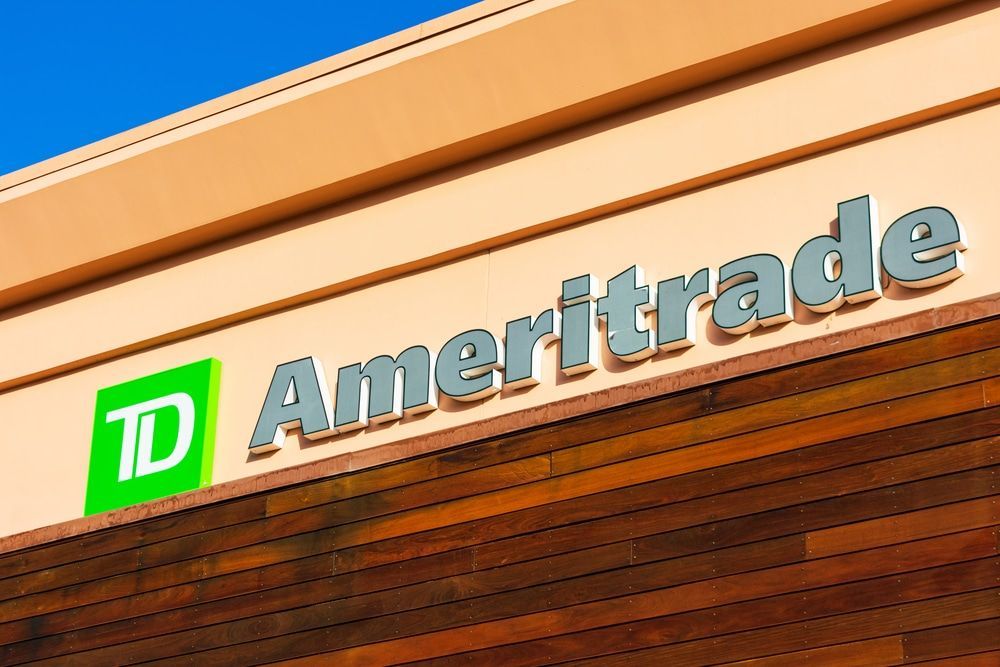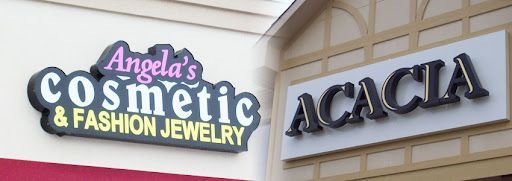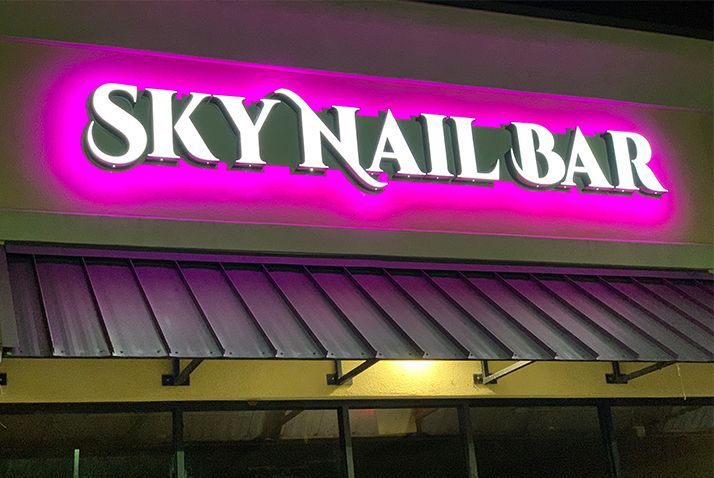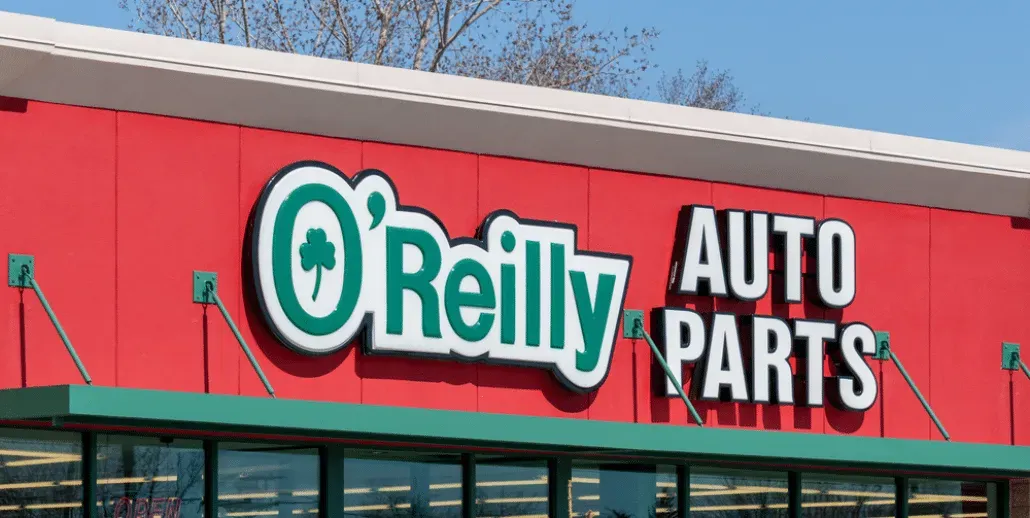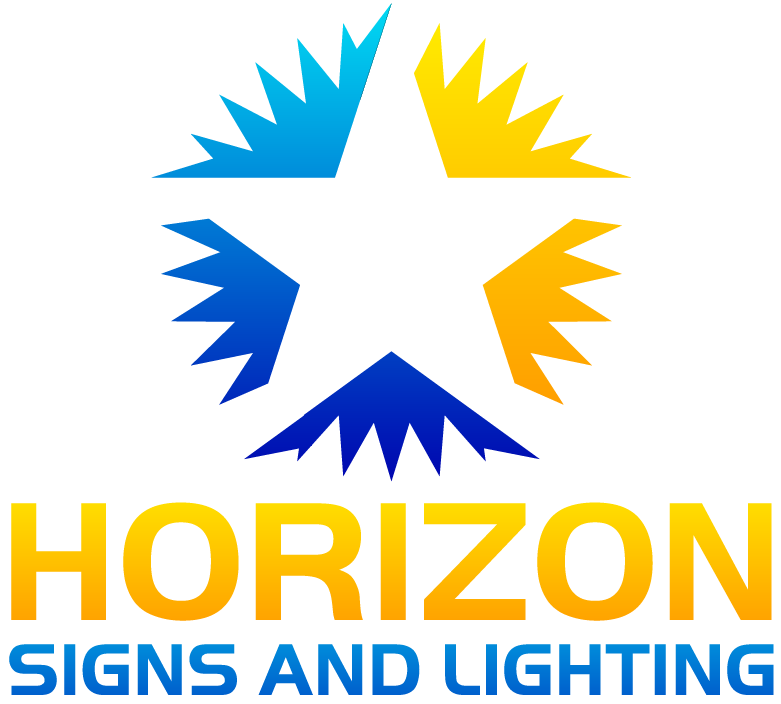The Best Signs for Office Parks, Medical Buildings, and Professional Services
TLDR;
The best signs for office parks, medical buildings, and professional services are those that combine clear visibility, professional design, and compliance with regulations. Monument signs, wayfinding systems, channel letters, ADA-compliant signage, and branded interior displays ensure visitors find their destination quickly while reinforcing the property's image.
Horizon Sign & Lighting designs signage systems that meet these needs with precision and long-term durability.
Why Signage Quality Directly Impacts Your Property Value and Brand
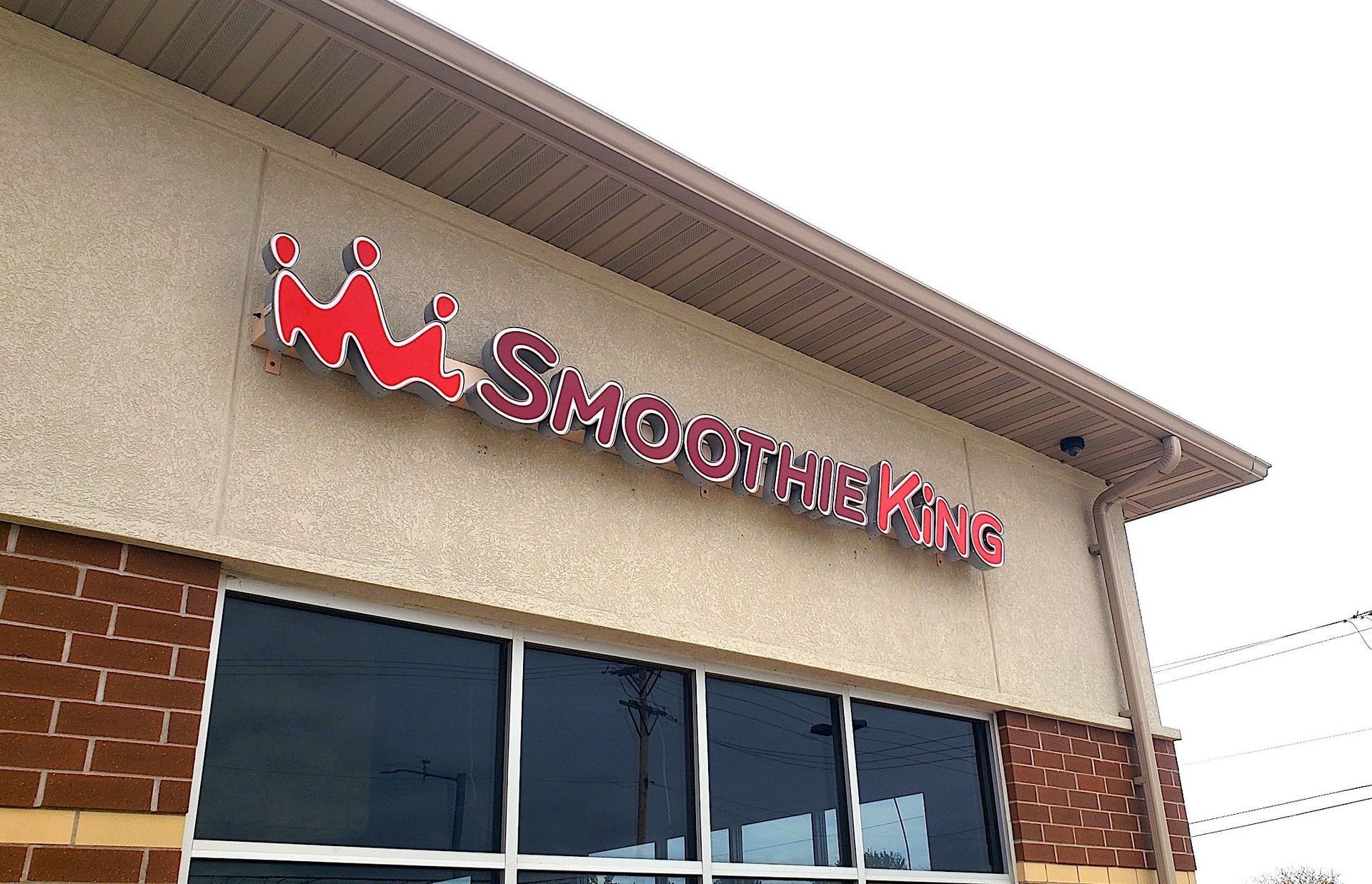
High-quality signage makes your property easier to navigate, improves first impressions, and reinforces your brand identity. For office parks, medical buildings, and professional service complexes, signage is more than decoration; it is a functional and strategic asset.
Key benefits of effective signage:
- Guides visitors without confusion
- Improves the professional image of the property
- Meets legal and safety requirements
- Stands up to weather and wear
- Supports tenant satisfaction and retention
Horizon Sign & Lighting focuses on designs that look professional and work effectively in real-world conditions.
Office Park Signage Essentials
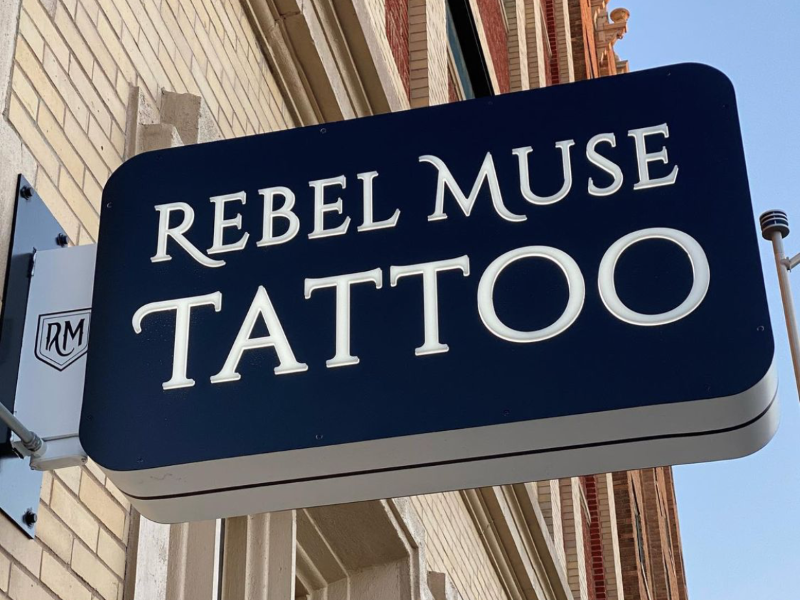
Wayfinding and Directional Signage
Wayfinding signage helps visitors move through an office park without stress. Signs should be strategically placed at entry points, intersections, and building entrances.
Best practices for office park wayfinding:
- Use clear, easy-to-read fonts
- Include arrows and simple directional language
- Place signs at consistent heights and locations
- Incorporate landmarks, building numbers, and colors for orientation
Monument and Pylon Signs
Monument signs create a strong first impression at the entrance.
Pylon signs are taller and visible from farther distances, useful for busy roads.
Advantages:
- Permanent and professional appearance
- Customizable with tenant names or logos
- Built with materials like stone, metal, or high-density urethane for longevity
Channel Letters and Digital Displays
Channel letters are illuminated, three-dimensional letters mounted directly on buildings or freestanding structures. Digital displays add the ability to update messages instantly.
Uses:
- Identify building names or tenants
- Announce events or promotions
- Enhance visibility during day and night
Medical Building Signage – Clarity and Compliance
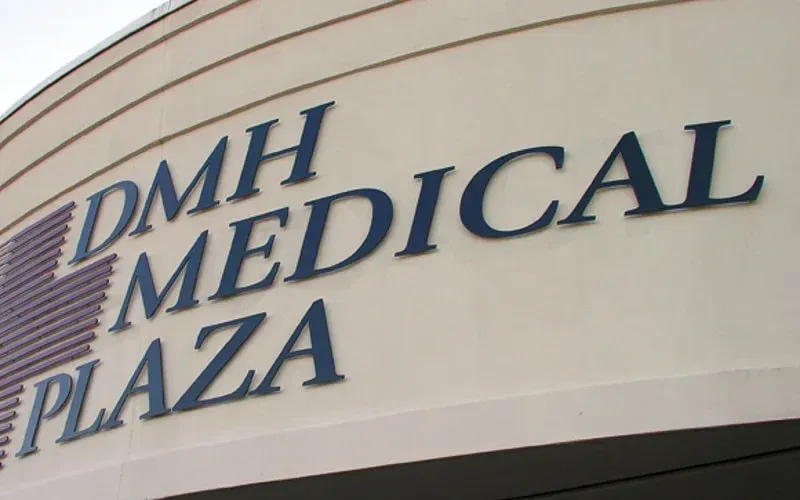
ADA Compliance and Legal Standards
Medical buildings must meet ADA guidelines to ensure accessibility. This includes tactile lettering, braille, and specific color contrast ratios.
Essential ADA requirements:
- Raised characters for tactile reading
- Braille translations under text
- Non-glare finishes
- High color contrast between text and background
Patient-Centric Wayfinding
Patients visiting a medical facility often experience stress. Clear wayfinding reduces anxiety and prevents delays.
Tips for medical wayfinding:
- Use universally recognized symbols
- Include bilingual or multilingual signage where relevant
- Keep directions simple and direct
- Maintain consistent design across all signs
Exterior vs. Interior Signage Integration
Exterior signage should direct patients to the correct building or entrance. Interior signage should seamlessly continue the navigation process.
Elements to integrate:
- Exterior monument or pylon signs with building names
- Lobby directories listing departments and room numbers
- Corridor signs with arrows and department names
Professional Services Signage – Establishing Trust and Recognition
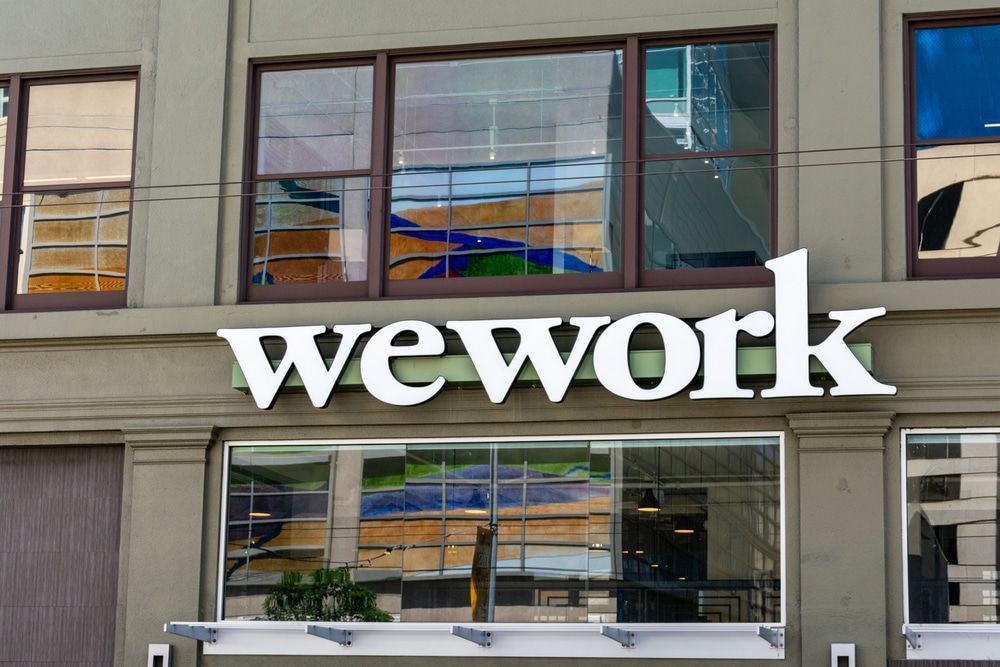
Lobby and Reception Signs

Your reception area is where visitors form lasting impressions. Lobby signs should reinforce brand identity and professionalism.
Options include:
- Dimensional letters in metal or acrylic
- Backlit logo panels
- Branded wall graphics
Tenant Identification and Directory Systems
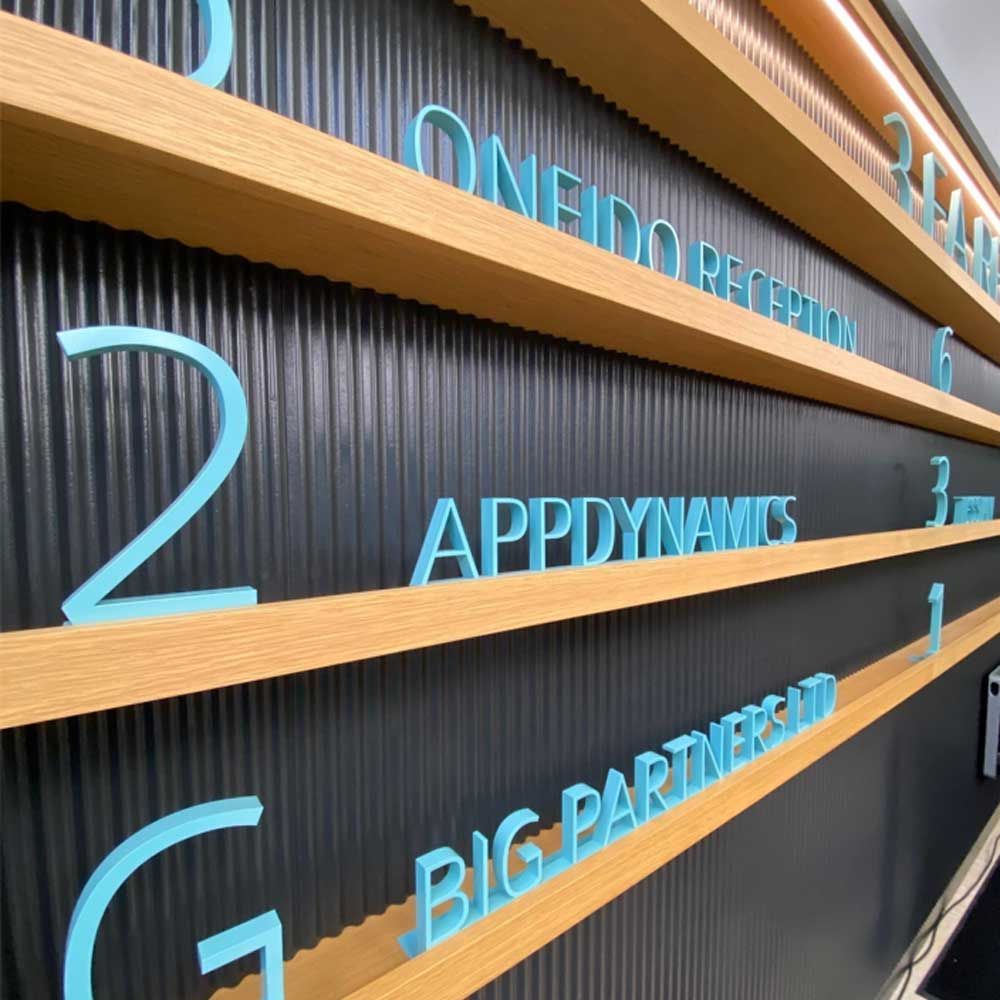
Multi-tenant professional buildings require directory boards that are clear, organized, and easy to update.
Features to consider:
- Modular panels for tenant changes
- Uniform typography and spacing
- Placement in high-traffic entry points
Flexible and Updatable Displays
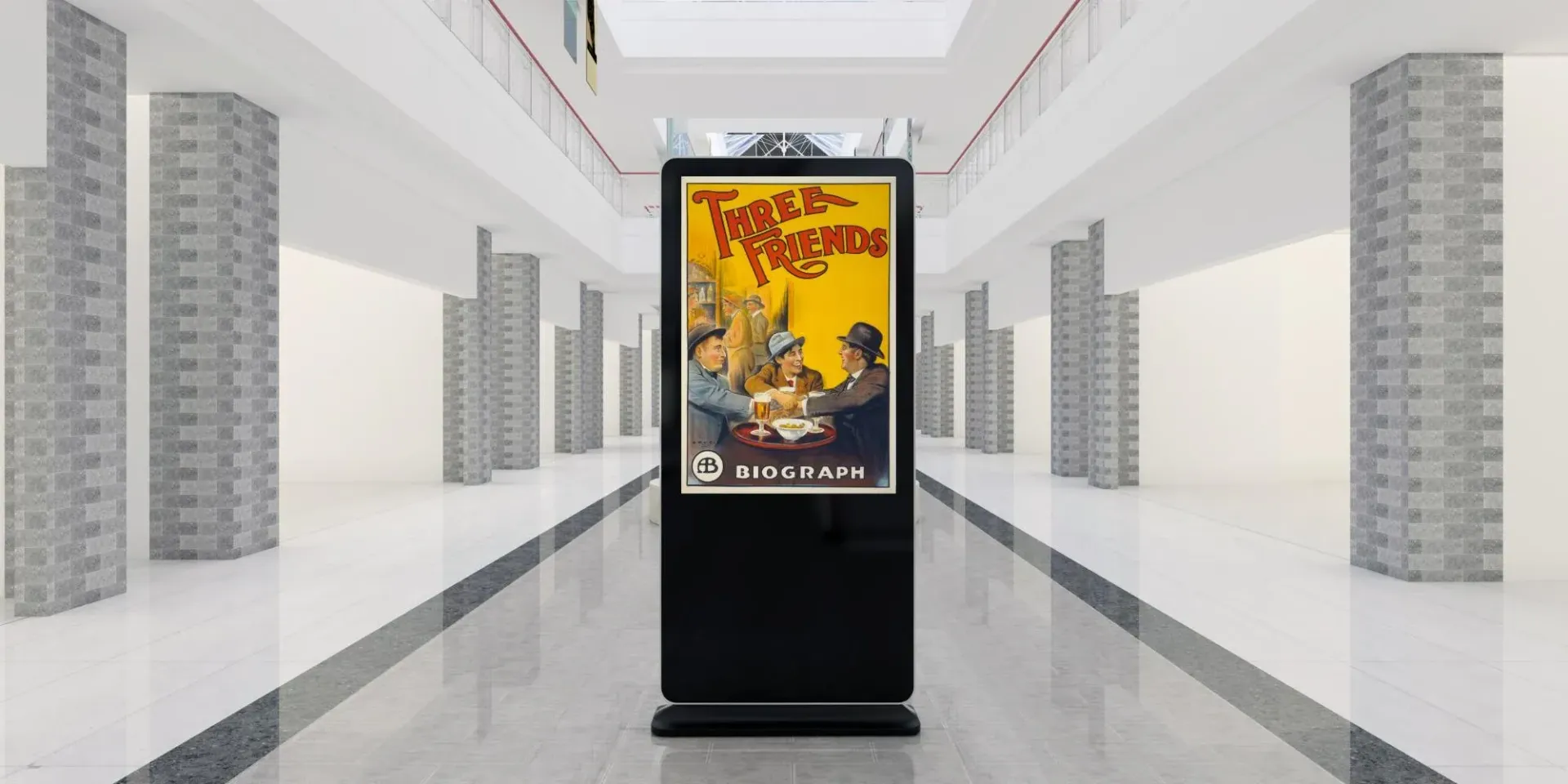
In professional settings, tenants change and services evolve. Updatable systems save cost and maintain consistency.
Popular solutions:
- Digital directory boards with real-time updates
- Interchangeable panels for physical directories
- Magnetic or slide-in systems for smaller offices
Materials and Design Features for Cross-Sector Signage
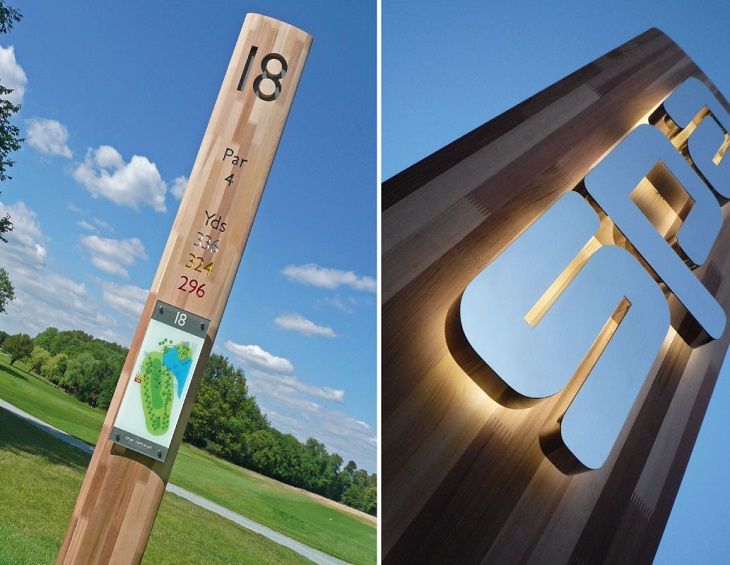
Recommended materials:
- Aluminum for durability and lightweight construction
- High-density urethane for carved, weather-resistant designs
- Stainless steel for modern, clean aesthetics
- Acrylic for interior applications
- Stone or brick bases for monument signs
Design features to enhance performance:
- LED illumination for visibility in low light
- Retroreflective finishes for better night readability
- Simple typography to improve legibility from a distance
AI and Digital Integration in Modern Signage

Digital signage now supports data-driven content, from tenant updates to real-time visitor instructions. AI-assisted systems can schedule updates, manage tenant lists, and adjust messaging based on time of day or events.
Benefits:
- Reduced manual updates
- Ability to display emergency alerts instantly
- Integration with building management systems
Smart Wayfinding Systems for Complex Properties
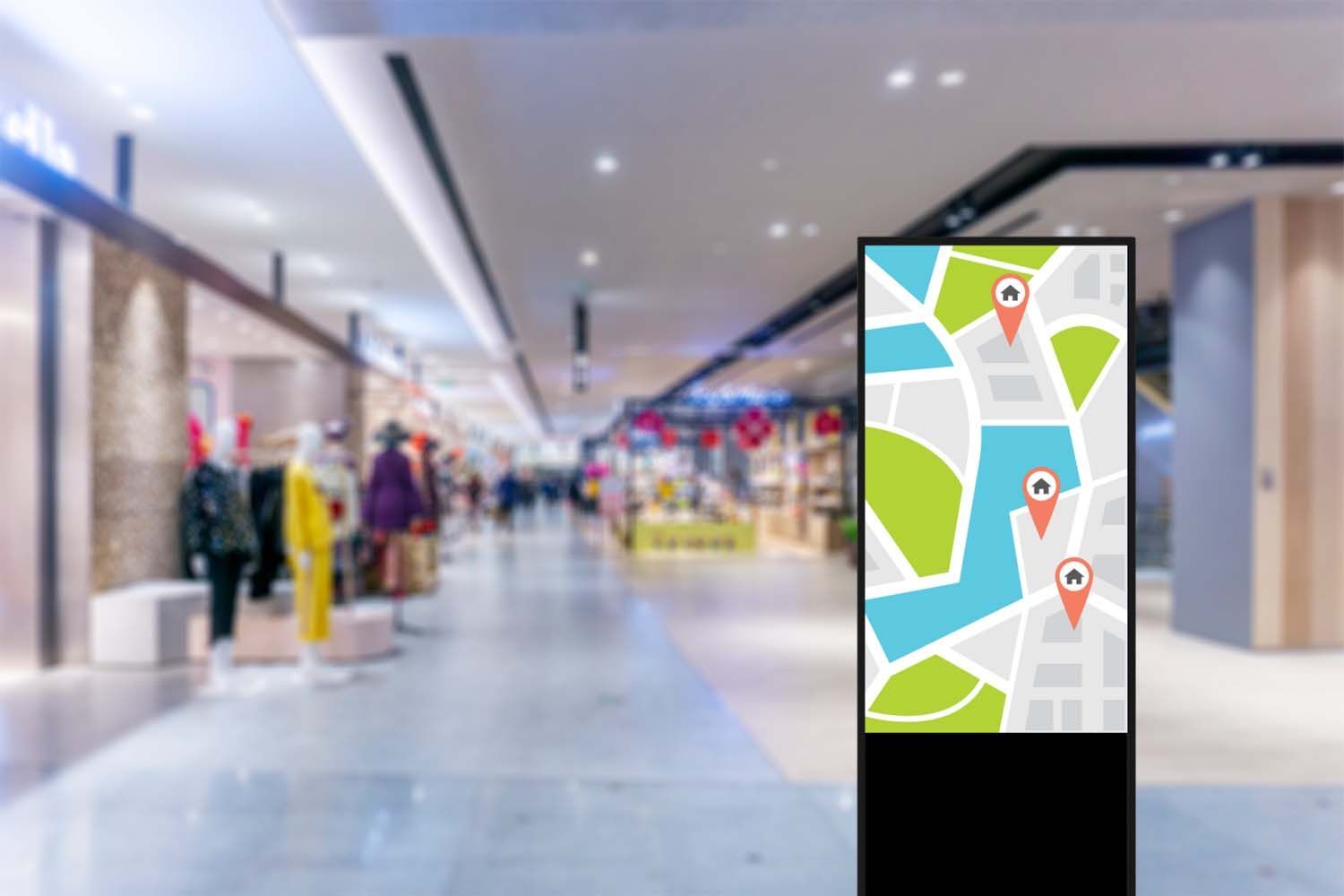
Smart wayfinding combines physical signage with digital maps and mobile tools. Office parks and medical facilities can improve user experience by integrating QR codes or NFC tags on signs, linking to interactive maps.
Features of smart wayfinding:
- Real-time updates for room changes or closures
- Integration with parking guidance systems
- Accessibility information for visitors with disabilities
Choosing Horizon Sign & Lighting for Your Project
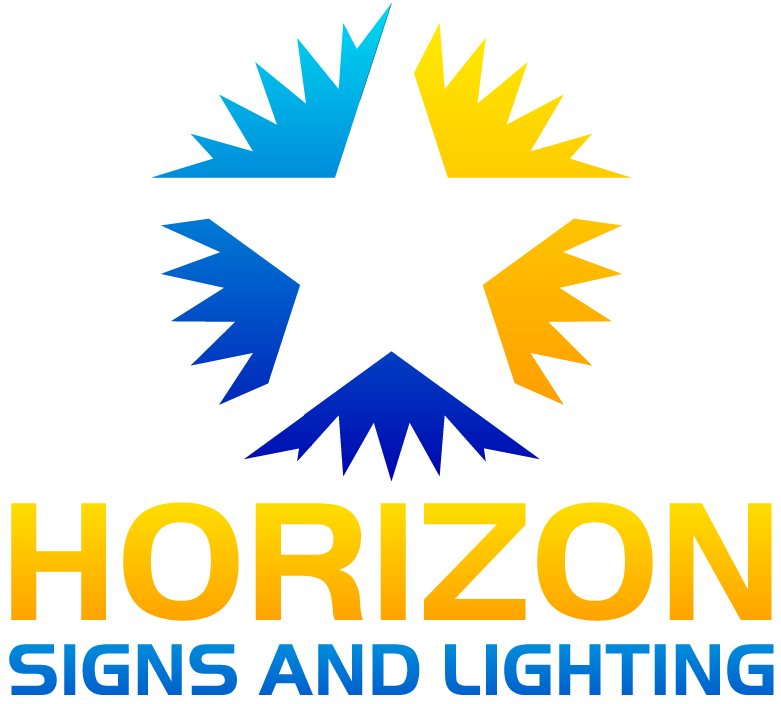
Horizon Sign & Lighting specializes in designing signage systems that work across multiple property types. The team combines expertise in branding, compliance, and wayfinding theory to deliver solutions that meet both functional and aesthetic goals.
Our approach:
- Site assessment to determine sign placement and visibility
- Compliance review for ADA and local codes
- Design consultation to align with brand standards
- Material selection for durability and cost efficiency
- Professional installation and ongoing maintenance options
Long-Term Benefits of Professional Signage Planning
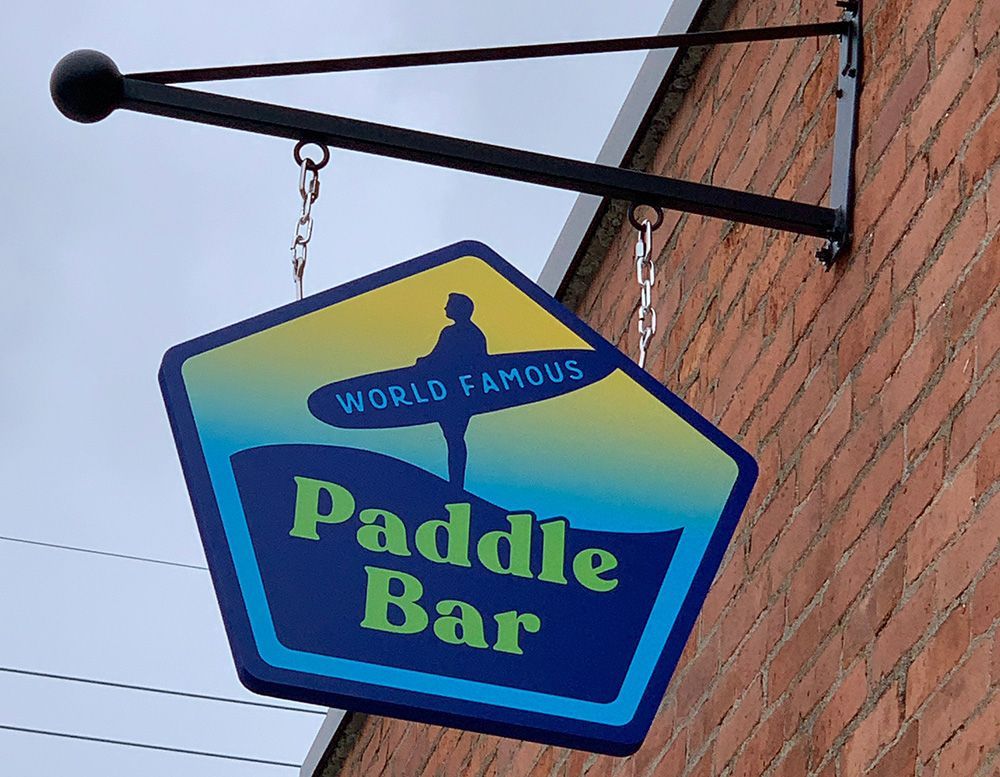
Investing in the right signage improves visitor experience, enhances brand recognition, and ensures compliance. Over time, this leads to higher tenant satisfaction, fewer navigation issues, and stronger property value.
Key outcomes:
- Consistent branding across all areas
- Reduced visitor confusion and delays
- Improved safety and accessibility
- Extended sign lifespan through quality materials and maintenance
- Increased visibility with top-performing business signs that combine form, function, and durability
